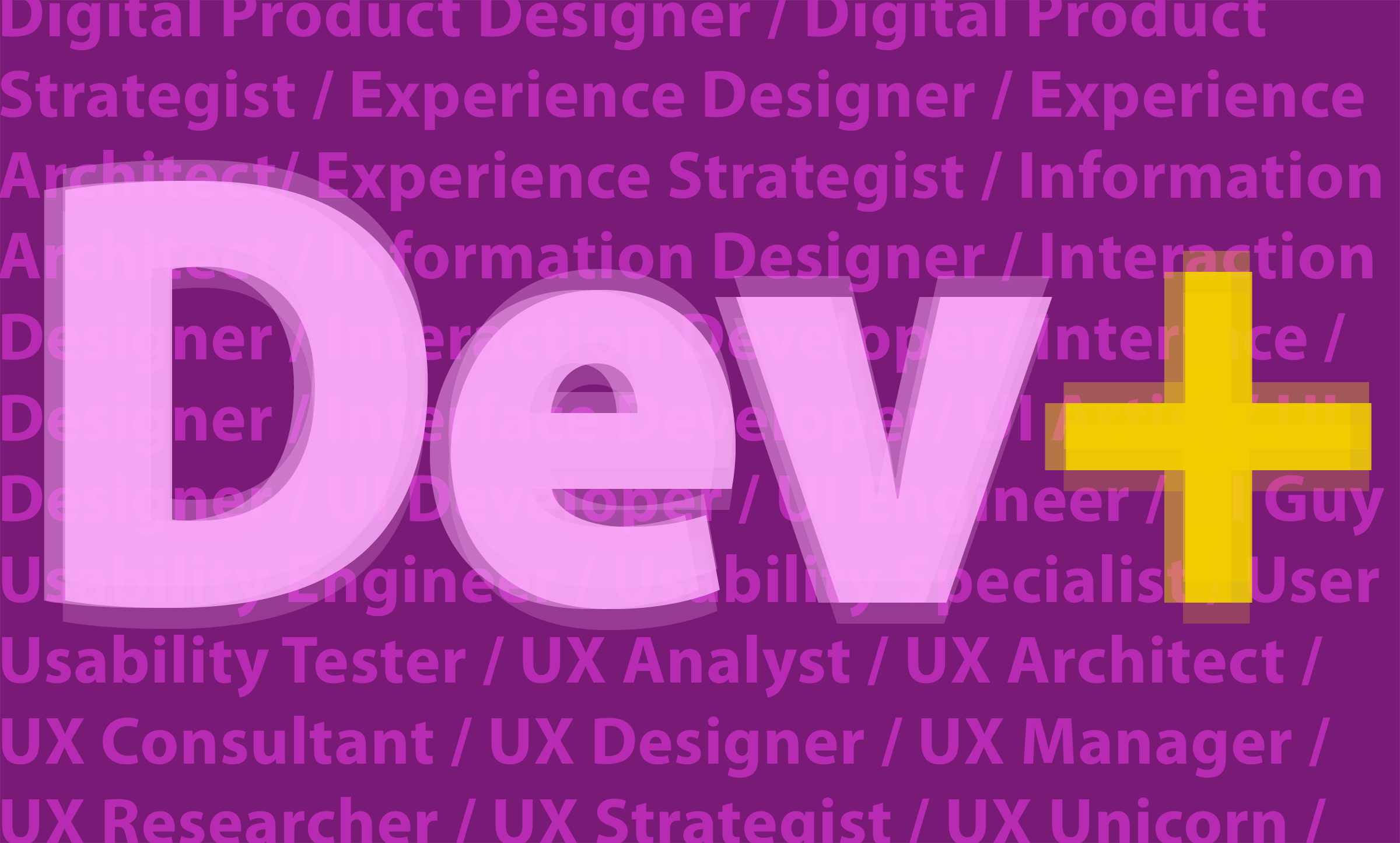What the Soviet Space Program Taught Me about Digital Product Development
4 min read
This year the United States celebrated the 50th anniversary of the Apollo 11 moon landing, an achievement of Herculean proportions. The US won the space race by reaching the lunar surface before the Soviet Union. But this victory was not a foregone conclusion.
Lessons from the Space Race
For many years, the Soviets had the upper hand, beating us to nearly every milestone—the first man in space, first orbit of earth, and first space walk, to name a few. They were always one step ahead, seemingly invincible, and always mysterious.
But Soviet success came at a price. They moved recklessly, cutting every conceivable corner in a monomaniacal effort to beat us. It is an utter miracle the first space walk didn’t end in death and disaster. It is a shocking story, about the pursuit of glory at the expense of sound practice and safety. Google it. It’s eye-opening.
The Soviet reckless abandon could not be sustained. America moved quickly but more cautiously. We emerged victorious. By 1969, the race wasn’t even close.
This story reminds me, more than I’d care to admit, of software development.
Digital Products and Quality
Before you deem it patently unfair to compare modern software development to the Soviet space program, consider the track record. As amazing and life-changing as it has been, the software development industry is not exactly known for rigorous, error-free products.
Today, even decades into the information revolution, digital products still ship with swarms of bugs and substantial user experience flaws. Somehow, someway, we’ve grown to expect and even tolerate this.
No industry or profession is perfect, but we seem to have cornered the market on imperfection. We’ve embraced this notion so fully, we’ve given it a name: “Minimum Viable Product,” or MVP (not the Giannis Antetokounmpo kind).
Mission MVP
To be fair, there is considerable good here. Real artists ship, after all. The MVP concept is a response to an industry-wide epidemic of overwrought solutions, expansive processes, individualized resources, and delay culture. The answer? Build in digestible chunks, streamline processes, collaborate in teams, and deliver incrementally. MVP is essentially digital evolution at work, survival of the products that best fit the market, right now.
But what have we sacrificed?
Correction was needed, but the pendulum swings both ways. We had so much faith in the new model, we failed to ask the core questions. What have we sacrificed for greater speed and time-to-market? Have we really gained anything substantial? Digital products still ship with errors, and those rampant user experience problems have certainly not gone away. We are back exactly where we’ve started; we’ve just changed the way we got here.
We must do better.
Yes, let’s ship. Let’s deliver incrementally and nimbly. It’s a competitive world, and we have little choice. But along the way, we simply must make higher-quality, easier-to-use digital products. It’s the only way to achieve big goals.
Allow me one simple suggestion.
Let’s devote ourselves to making better user experiences. This means easier-to-use, error-free, responsive, courteous, convenient digital products. If we do this, we won’t be able to help but create higher-quality work.
This promise of higher-quality, more accepted—even loved—digital products is well worth the trouble. Organizations all over the world are making this choice. Easy-to-use products boost efficiency, satisfaction, and revenue. They give you a major competitive advantage.
Expect Disruption
Great user experiences require great commitment, and this commitment will change your organization. Better UX means connecting real users to business strategy, requirements, and all aspects of your digital design and development process.
You’ll need more up-front, collaborative discovery based on user observation, testing, and input. You’ll need to find UX resources and integrate them into your team from kick-off through development, testing, and launch for every digital product you produce. But the results will speak for themselves, and UX resources will prove their value. You won’t know what you ever did without them.
Look to NASA
Think it’s impossible to hit aggressive development deadlines while simultaneously creating high-quality, user-loved products? We put a man on the freaking moon. It wasn’t perfect. We moved fast, invented along the way, and figured out reliable solutions to completely novel problems. We did it with professional excellence and marked attention to safety. And we beat the hyper-competitive, less careful Soviets to the punch. It wasn’t impossible. It was simply extraordinary.
You, too, can do this.





